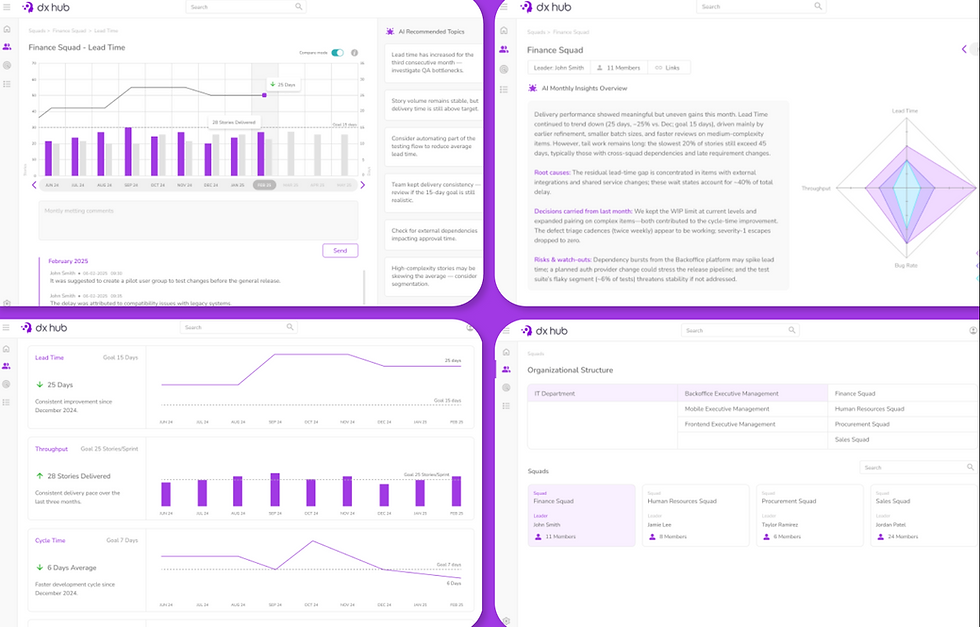Ensuring IT Strategies Stay Agile & Future-Proof
- Avalia

- May 14
- 2 min read
Maintaining agility and future-proofing IT strategies are paramount for organizations aiming to stay competitive and resilient. The pace of technological advancements, shifting market dynamics, and increasing customer expectations necessitate IT strategies that are both flexible and forward-thinking.
Agility in IT strategy involves the capacity to adapt to changes, integrate emerging technologies, and respond to market demands without significant disruptions. Future-proofing, on the other hand, requires anticipating future trends and challenges, ensuring that IT infrastructures and processes remain relevant and effective over time.
A compelling example of successful agile transformation is John Deere's Global IT group. In 2019, they embarked on a comprehensive Agile transformation, aiming to enhance speed and efficiency across their operations. By adopting frameworks like Scrum@Scale and integrating DevOps practices, they achieved remarkable outcomes: a 165% increase in output, a 63% reduction in time to market, and a 20% decrease in labor costs. These results underscore the tangible benefits of embracing agility in IT strategies.
Statistical data further supports the efficacy of agile methodologies. According to the 17th Annual State of Agile Report, 86% of marketers plan to transition some or all of their teams to Agile methodologies. Additionally, 71% of respondents reported using Agile in their software development cycles, citing improved collaboration and better alignment with business objectives as key benefits.

To ensure IT strategies remain agile and future-proof, organizations should consider the following approaches:
Embrace Modular and Scalable Architectures: Implementing modular systems allows for easier updates and scalability, enabling businesses to adapt to changing requirements without overhauling entire infrastructures.
Invest in Continuous Learning and Skill Development: As technology evolves, so should the skill sets of IT teams. Regular training and upskilling ensure that teams are equipped to handle new tools and methodologies.
Foster a Culture of Innovation and Flexibility: Encouraging experimentation and flexibility within teams promotes a proactive approach to problem-solving and adaptation.
Leverage Data-Driven Decision Making: Utilizing real-time analytics and data insights can guide strategic decisions, ensuring they are informed and aligned with current trends and customer needs.
The integration of agility into IT strategies is not merely a trend but a necessity in the contemporary business environment. By learning from successful case studies like John Deere and adhering to best practices, organizations can position themselves to navigate future challenges effectively and maintain a competitive edge.


